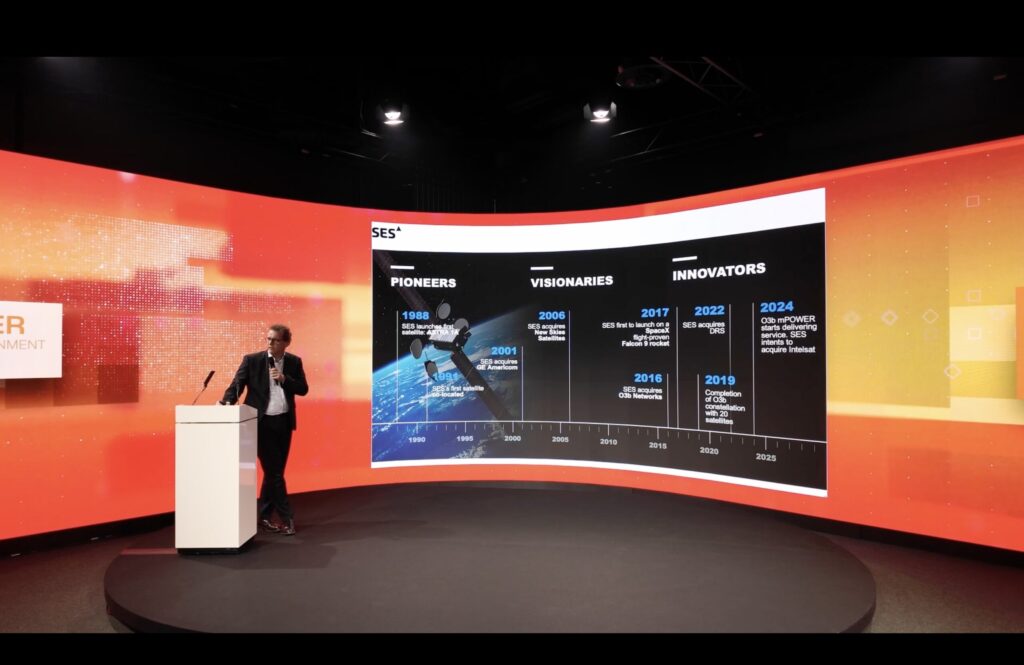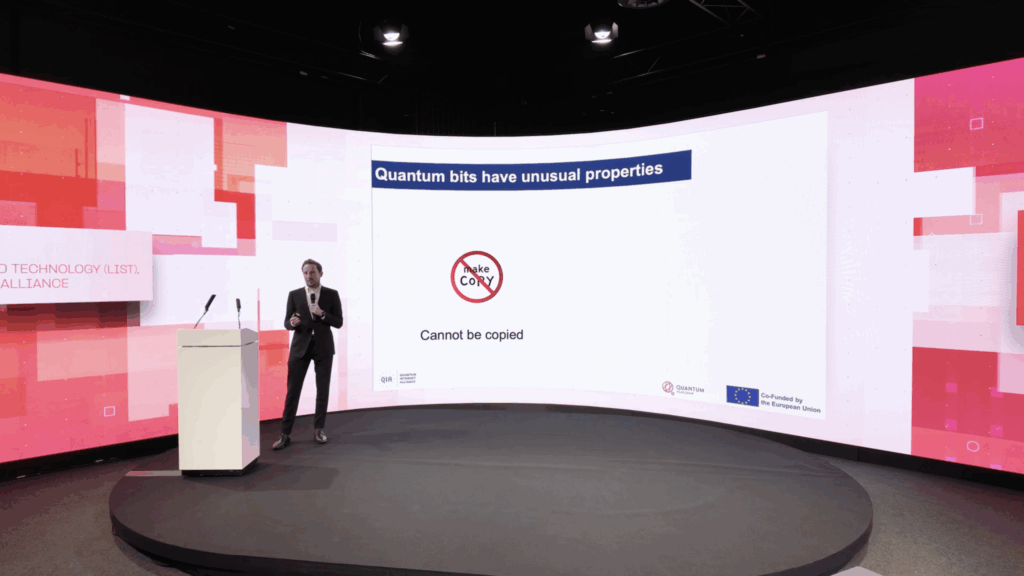
Summer series: The six dimensions of connectivity (Part four)
Scroll
Connectivity is a topic that could have us talking for an entire afternoon – and provides plenty of food for thought for an exciting summer split into in several chapters. `At this year’s Nexus 2050 in June, MyConnectivity hosted the (afternoon) side event ‘Connecting Tomorrow’. Sixteen experts spoke for four hours on the six dimensions of connectivity. This provided some enlightening insights, which we would like to summarise per dimension over the coming summer weeks. This week: Infinity.
Scroll
Part Four: The infinity dimension
The infinity chapter took the audience to new heights, focusing on technologies and programmes – especially satellites – set to make space-based connectivity more resilient, secure and integrated within terrestrial networks.
SnT: new paradigms for satellite-ground integration
Konstantinos Ntontin (SnT – University of Luxembourg) presented new paradigms for satellite-ground integration. The Sigcom Research Group, whose core research activities include non-terrestrial networks, is leading the way in Luxembourg. In this context, SnT is collaborating with leading international industry and research players and pursuing both short-term and medium- to long-term project goals. Sort-term projects include the areas of expertise spectrum management, multi-antenna and multi-connectivity technology. In further stages, 5G/6G standardisation, artificial intelligence and optical & quantum communication will then be the focus of joint research activities.
SES: multi-orbit system for sovereign connectivity
Philippe Glaesener (SES Satellites) then used the IRIS project (Infrastructure for Resilience, Interconnectivity and Security by Satellite) to explain how Europe’s new multi-orbit system will strengthen sovereign connectivity. He contrasted the so-called Old Space with New Space and made it clear that a new era is currently beginning. This era is characterised by significantly shorter technology development times and the associated costs. The resulting increase in efficiency allows for a network architecture based on numerous individual satellites, as has been the case up to now. LEO satellites provide expanded reach, MEO satellites stand for high performance and low latency, and GEO satellites ensure unbroken connectivity.


